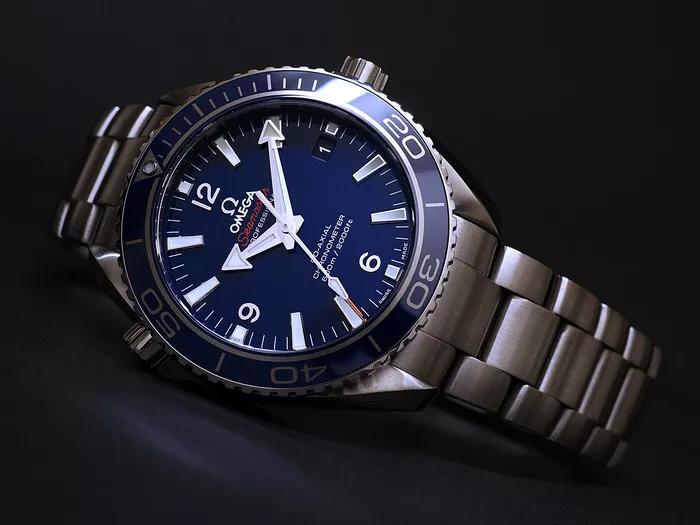In the dynamic world of wearable technology, the Apple Watch stands out as a multifaceted companion, seamlessly integrating into various aspects of our lives. One common query among users pertains to the device’s music capabilities. Can you store music on the Apple Watch? In this comprehensive article, we will explore the intricacies of storing music on your wrist-worn gadget, unlocking a world of musical freedom.
Understanding Apple Watch Music Capabilities
Before diving into the storage aspect, it’s crucial to grasp the fundamental music capabilities of the Apple Watch. As a device born out of Apple’s commitment to innovation, the watch is designed to provide users with a versatile and immersive music experience. Key features include:
Music Playback: The Apple Watch allows users to stream music directly from their iPhones, offering control over playback, volume, and skipping tracks.
Music Control: Acting as a remote control for your paired iPhone, the watch facilitates seamless control over music apps like Apple Music and third-party streaming services.
Offline Playback: Apple Music subscribers can download music to their iPhones for offline listening, extending this capability to the Apple Watch for a tether-free experience.
Can You Store Music on Apple Watch?
Yes, you can store music directly on your Apple Watch, liberating yourself from the need for a constant connection to your iPhone. This functionality comes with its set of nuances and considerations:
Limited Storage: Apple Watch models have varying storage capacities, with some offering more space than others. It’s essential to check your specific model’s storage capacity to gauge how much music it can accommodate.
Bluetooth Headphones: To enjoy your stored music on the Apple Watch, you’ll need Bluetooth headphones or earbuds paired with the watch. This ensures a personal and immersive listening experience.
How to Store Music on Your Apple Watch
Storing music on your Apple Watch involves a straightforward process, primarily relying on the Apple Music app. Here’s a step-by-step guide:
Sync Music from iPhone to Apple Watch:
Open the Apple Watch app on your iPhone.
Navigate to the Music section.
Choose the playlists, albums, or individual songs you want to sync to your Apple Watch.
Tap “Add Music” to initiate the syncing process.
Wait for Syncing to Complete:
Ensure your Apple Watch is charging during the syncing process to avoid interruptions.
The time required for syncing depends on the amount of music and the speed of your Wi-Fi connection.
Accessing Stored Music on Apple Watch:
Once syncing is complete, you can access your stored music directly from the Music app on your Apple Watch.
Use the Digital Crown to scroll through your library and select the desired track.
Considerations for a Seamless Music Experience
To make the most of your stored music on the Apple Watch, consider the following tips:
Playlist Curation: Create playlists specifically for your Apple Watch to optimize storage and ensure you have a curated selection of your favorite tunes.
Regular Syncing: Keep your music library on the Apple Watch fresh by regularly syncing with your iPhone. This ensures you have the latest additions to your collection.
Future Developments and Compatibility
As Apple continues to innovate and refine its products, it’s plausible that future Apple Watch models may offer expanded storage capacities or enhanced music features. Users can look forward to a more seamless and comprehensive music experience as technology progresses.
Conclusion
Storing music on your Apple Watch transforms the device into a standalone entertainment hub, granting you the freedom to enjoy your favorite tunes without the need for a constant connection to your iPhone. As we navigate the ever-evolving landscape of wearable technology, the ability to store and access music directly on our wrists reflects the continuous efforts to enhance user experiences. Whether you’re on a jog, commuting, or simply want a break from your phone, the Apple Watch empowers you to carry your musical world wherever you go, epitomizing the convergence of technology and lifestyle.

